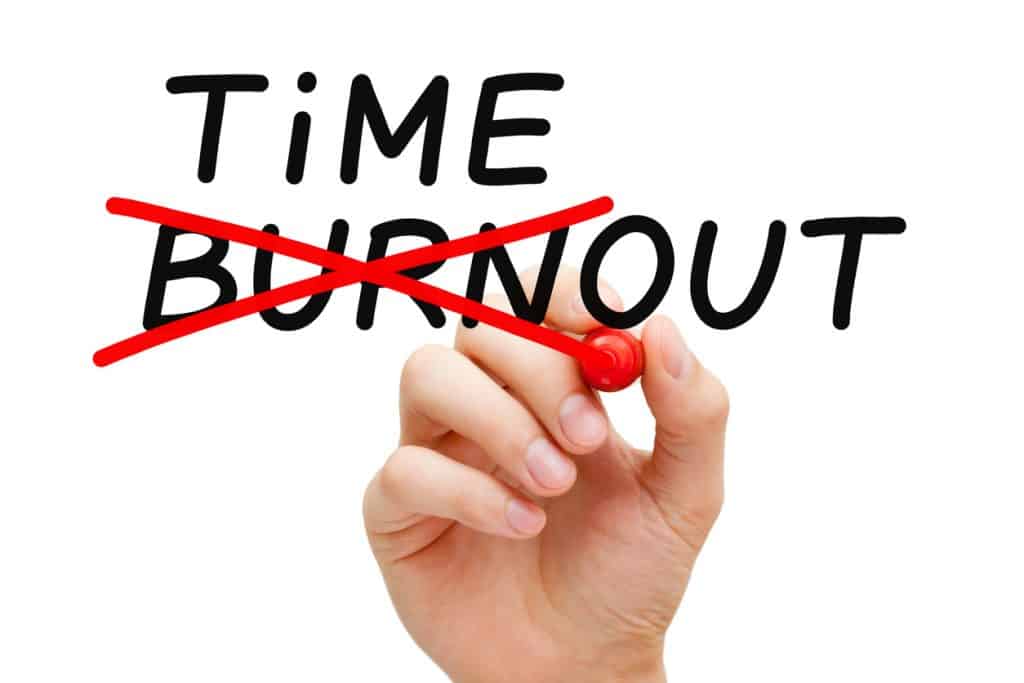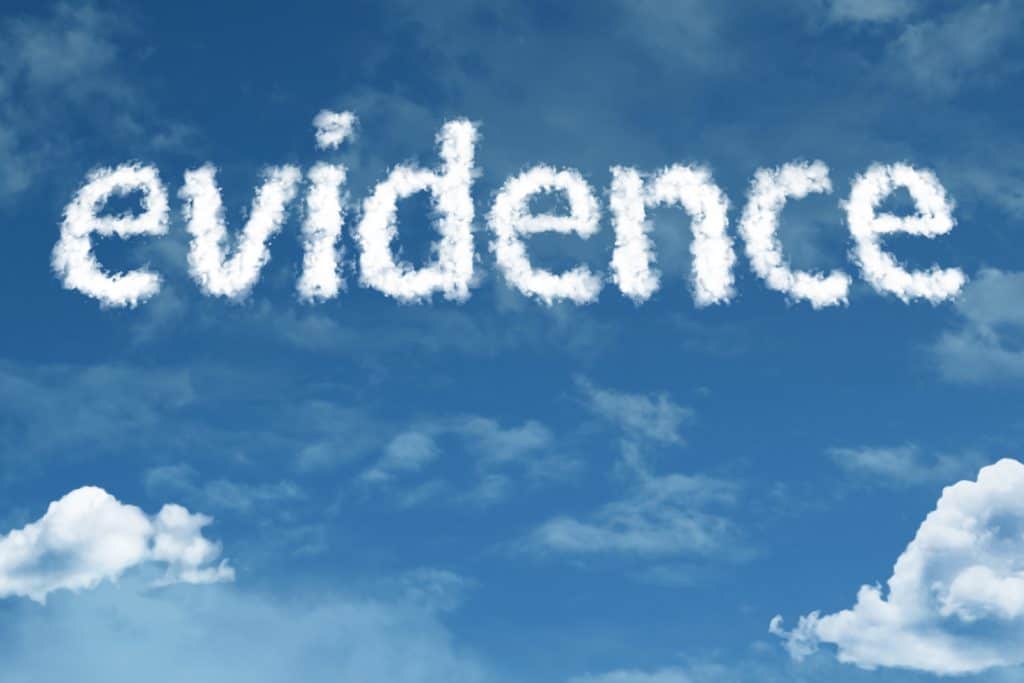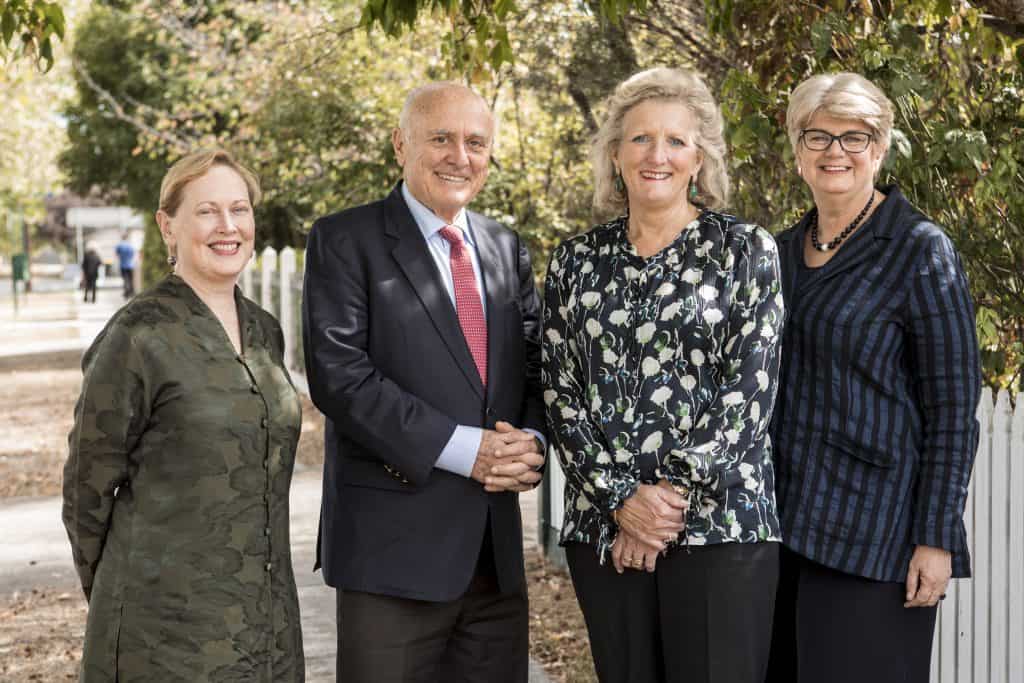
For many years, the Australian medical has been supportive of a “Health Benefits of Good Work” (HBGW) initiative. This initiative, started in 2010, is directly relevant to how Australia is determining its mental health policy and strategies especially as they relate to workplaces. The initiative was developed by:
“…. the Australasian Faculty of Occupational and Environmental Medicine (AFOEM) of The Royal Australasian College of Physicians (RACP). This initiative is based on compelling Australasian and international evidence that good work is beneficial to people’s health and wellbeing and that long term work absence, work disability and unemployment generally have a negative impact on health and wellbeing.”
This initiative can be seen behind many of the public statements about the mental health status of the unemployed as this sits within the public health and the social welfare sectors, but it is rarely mentioned by those providing occupational health and safety (OHS) advice.





